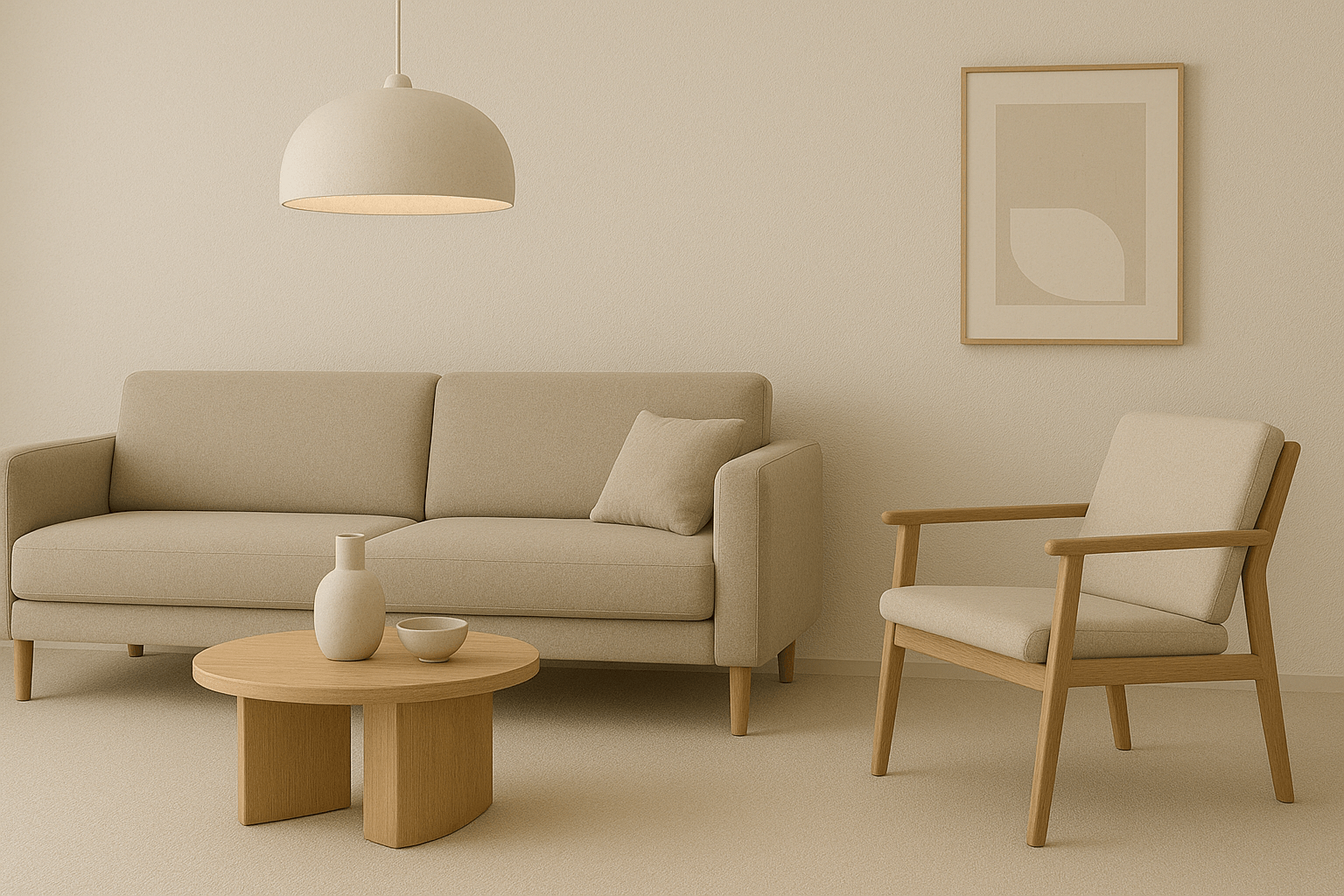Introduction
When people think of home design, they often focus on what to add: furniture, art, accessories. But great design is just as much about what you leave out. In minimalist interiors, negative space—the intentional empty areas between and around objects—can dramatically impact how your home feels and functions.
At theminimalobject, we believe in the elegance of restraint. This blog explores how you can use negative space to create interiors that breathe—where every piece matters and nothing feels crowded.
1. What Is Negative Space?
In design terms, negative space refers to the empty space between objects. It’s not just about bare walls or open floors—it’s about balance.
Think of:
-
The clear space between a floor lamp and a sofa
-
The breathing room around a statement chair
-
An unadorned wall framing a single piece of art
✨ It’s not emptiness. It’s intentional openness.
2. Why It Matters in Home Design
a. Enhances Visual Clarity
Cluttered rooms confuse the eye. Negative space gives the eye a place to rest, helping you fully appreciate each design element.
b. Creates a Sense of Calm
Too much stimulation—whether visual or physical—causes stress. Open space helps cultivate peace.
c. Highlights What Matters
When you leave space around objects, you’re saying: “This piece is important.” Negative space allows your favorite items to shine.
🧠 Psychology Fact: Studies show that minimal, uncluttered environments promote clearer thinking and emotional balance.
3. How to Use Negative Space in Your Home
a. Furniture Layouts
-
Avoid overfilling rooms
-
Let furniture “float” with space around it
-
Allow light to travel between objects
Try: A single armchair with 1–2 feet of space from walls or nearby pieces
b. Lighting with Intention
Use negative space to draw attention to lighting.
-
Floor lamps near blank corners
-
Pendant lights centered over open tables
-
Wall sconces framed by clean surfaces
💡 Minimal Tip: Lighting feels more sculptural when it's surrounded by space.
c. Declutter Surfaces
Negative space applies to shelves, tables, and counters too.
-
Display fewer objects
-
Use symmetry and spacing
-
Let objects “breathe”
4. Negative Space Isn’t Empty—it’s Purposeful
Many people resist open space out of fear that it will feel cold or unfinished. But in reality, empty space is what gives your home structure. It’s the silence between musical notes, the white space in good design, the pause that gives meaning.
🎯 Design Insight: In high-end interiors, what’s not there is often more important than what is.
Conclusion: Let Your Home Breathe
In a world that tells us to buy more, fill more, do more—choosing emptiness is radical. Negative space isn’t neglect; it’s a form of respect: for your furniture, for your home, and for your own peace of mind.
At theminimalobject, we design lighting, furniture, and decor to live beautifully in negative space. Because sometimes, the most powerful part of a room… is what’s not there.
















